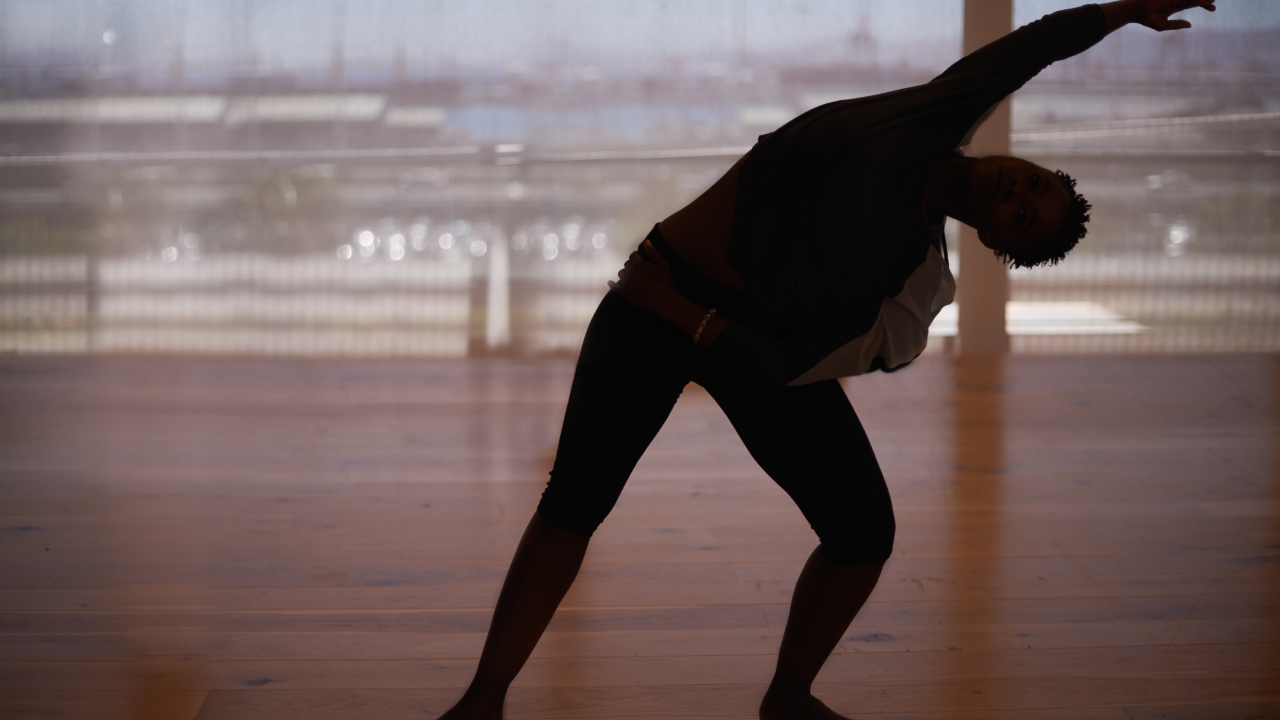How to hack happy chemicals?

Being happy is not only a personal experience, it is also a chemical response within the body. Dopamine, Serotonin, Oxytocin and Endorphins are the quartet of feel-good chemicals produced in your brain which are responsible for your happiness. They are neurotransmitters that can be triggered by many situations. By understanding how to hack our happiness chemicals, we can take control of our mood and be happy always. In short, a happy brain = a happy life.
When we, as adults and children, engage in activities like exercise, mindfulness, self-care, gratitude and laughter with friends, we release these feel-good chemicals in our brains. Below are listed some happiness hacking strategies and activities that we can do with our children to help improve our moods and relationships.
OXYTOCIN "THE SNUGGLE HORMONE"
Holding hands
Patting your dog or cat
Holding baby
Hugging your family
Snuggling
Giving a compliment
DOPAMINE "THE REWARD CHEMICAL"
Self-care...
What is your parenting style?

Let me start by saying that none of us is perfect, and no one is a perfect parent. In fact, rather than talking about “good parents” versus “bad parents,” I like to use the term “the good enough parent.” As “good enough” parents, we provide for our children and try our best to keep them safe. We are trying to raise them the best we can, even if our methods are not always effective.
We all may feel ineffective and inadequate managing our children at times, but believe it or not, getting through those tough periods in our lives can be the most meaningful thing that we can do. It can lead to stronger connections with our kids. We need to understand that parenting is all about the ups and downs, and not just the good stuff. And through these ups and downs, we can then learn and grow up together with our children. So we should keep trying our best as a parent and do not give up, even if we do not think we’re making a difference...
Creating Rhythm ….. A Gift of Love for your Child

Rhythm is a word often used in music, but in this blog, it means ‘a smooth flow of daily activities of a child.’ A daily rhythm can be understood as a natural impulse like breathing. And this daily rhythm, if followed from early childhood, can impact a child’s healthy development.
A daily rhythm should not be misunderstood as a routine.
Routine is a set of the scheduled number of activities to be done throughout the day; whereas rhythm is more flexible and it defines a smooth flow of activities during the day.
Creating a balanced rhythm for young children during the day is a tool to make parenting easier. It helps young children to have an understanding of time, which is an abstract concept for them. Rhythm also creates a sense of predictability and security in them.
A balanced rhythm follows the concept of ‘breathing in’ and ‘breathing out’. As breathing in and out happens naturally, uninterrupted and in a smooth, balanced flow...

